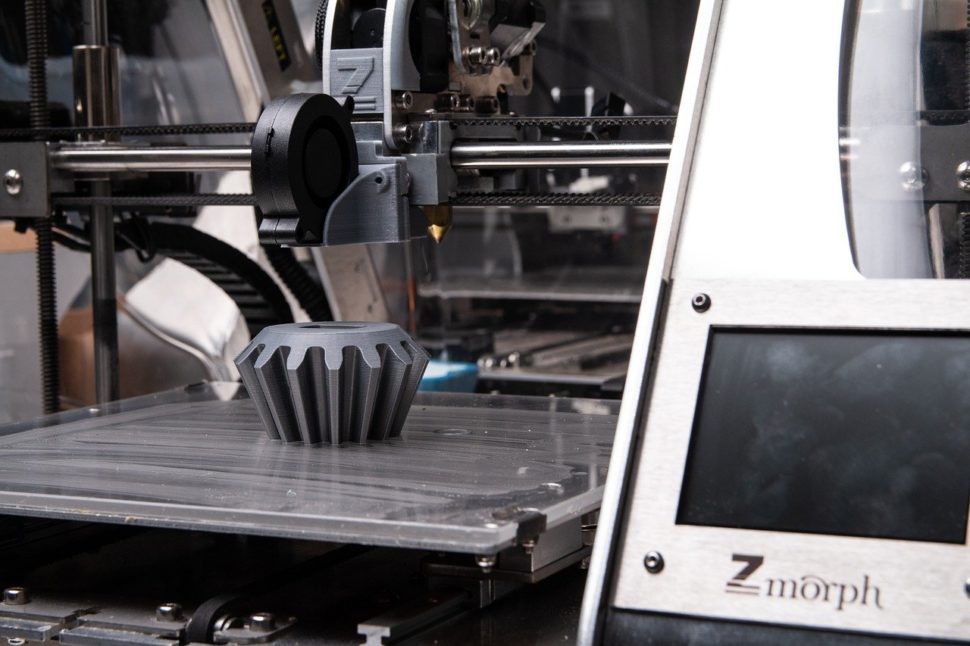Researchers at MIT have discovered a technique that allows for 3D printed materials to change their physical and chemical properties after they have been printed. This is another expansion into the future of additive manufacturing.
3D printing is a miracle of modern technology, but even miracles have their limits. Thankfully, scientists don’t tend to believe in either miracles or limits, and a paper published in the Jan. 13 issue of ACS Central Science is showing us how we can push the boundaries of additive manufacturing.
#MIT researchers have added #adaptable #polymers to #3Dprinting capability.Click To TweetUntil now, 3D printing has created objects out of layers of polymers from a detailed plan, and when those polymers are set, they can’t be changed. It’s very much ‘one and done’ with traditional additive manufacturing, but a technique coming from MIT chemists can allow a material’s chemical composition and mechanical properties to change. The technology can even allow two materials to fuse together after they have been printed.
Creating Adaptable Polymers for Additive Manufacturing
There are various methods for 3D printing, but one of the most common is known as stereolithography. With stereolithography, light is shined onto a liquid solution of monomers until layers of solid polymers form, completing the final shape.
Stereolithography methods are what make additive manufacturing materials unchangeable. Yet, MIT researcher Jeremiah Johnson and his team of investigators wanted to use a technique called “living polymerization,” which allows the formation of materials to be arrested and resumed later. The method worked and was demonstrated in 2013, but the approach was ultimately too damaging to the material and was not easily controllable.
The method used ultraviolet light to add new features to 3D materials. UV light could break down the polymers in particular places, which caused the formation of free radicals which could bind to new monomers in a solution that enveloped the object. Those free radicals were innovative but difficult to control. The method development halted.
Johnson and company needed a new plan, and they were able to incorporate some of the ideas from living polymerization in their next effort.
Living Polymerization 2.0
Living polymerization involved free radicals that were so reactive that they endangered the material. As a result, the researchers designed new polymers that reacted to light in a slightly different way.
With the new method, each polymer contains chemical groups called TTCs, which are activated by organic catalysts that react to light. Blue light from an LED is all that is needed to attach new monomers to the TTCs, which makes them stretch.
The process incorporates monomers uniformly throughout the structure rather than ‘at key points,’ safely giving the material new properties.
What new properties, you may ask? For one, the monomers can alter the rigidity or softness of a material, and they can even change its chemical properties. Also, this process can cause two 3D printed materials to be fused together.
The research paper is an innovative look at the future of 3D printing. As is the case with many scientific advances, it posits a combination between two fields, polymer science, and materials science, to get new and better angles for a newly established technology.
The method isn’t perfect. The catalyst that the researchers used required an oxygen-free environment, which is not a simple thing to produce. In the future, the researchers will have to find ways to elicit similar polymerizations with oxygen present, but for now, this represents a pretty big step for the possibilities of additive manufacturing.



















Comments (0)
Most Recent